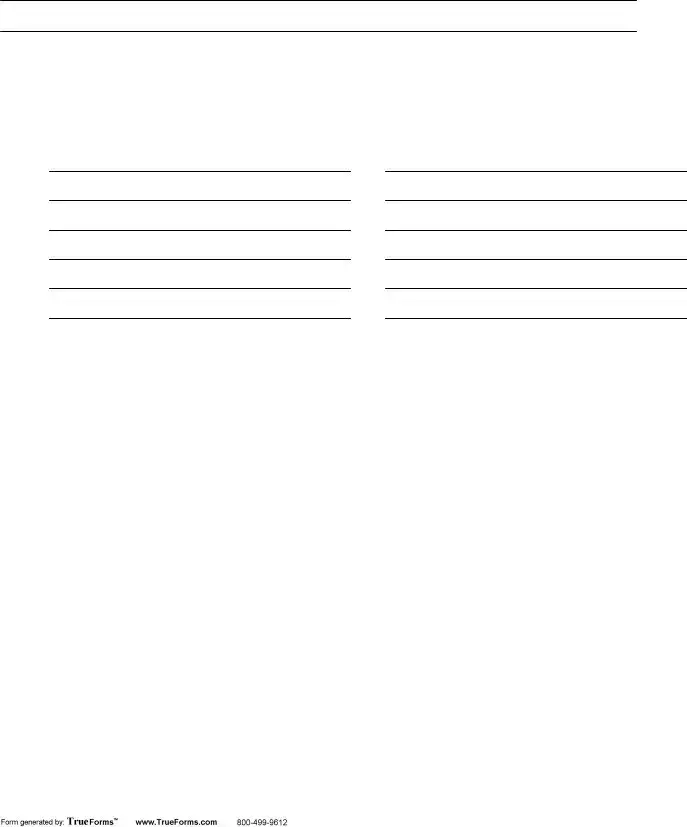The Bill of Sale document shares similarities with the Purchase Addendum Vermont form, particularly in its function to convey ownership of items from one party to another. The primary similarity lies in the fact that both documents facilitate the transfer of personal property, ensuring the new owner obtains all rights, title, and interest in the property described. Furthermore, like the Purchase Addendum, a Bill of Sale typically specifies that the items are being sold "AS IS", without any express or implied warranties, thus placing the responsibility for the items' condition upon the buyer post-transfer.
A Real Estate Purchase Agreement similarly outlines the terms and conditions of a real estate transaction, much like the Purchase Addendum Vermont form's reinforcement of the initial Purchase and Sale Contract. The key parallel is their shared goal to record a mutual agreement between seller and buyer regarding the details of the property transaction. Additionally, both documents may contain clauses that describe the conveyance of personal property along with the real estate, although the Purchase Addendum specifically focuses on the inclusion of personal property in the sale.
A Warranty Deed, while primarily used to transfer real estate with assurances about the title's cleanliness from the seller to the buyer, has common ground with the Purchase Addendum Vermont form in terms of guaranteeing clear title to property involved in the transaction. The addendum's assurance that personal property will be conveyed free and clear of liens, attachments, and encumbrances mirrors a warranty deed's promise regarding real estate. This underlying principle of ensuring a clean transfer of ownership connects these two types of documents.
The Assignment Agreement document, utilized to transfer rights and responsibilities from one party to another, echoes the Purchase Addendum Vermont form's function in assigning and delivering all of the seller's rights, title, and interest in the personal property to the purchaser. Both forms act as mechanisms for the legal transfer of various types of ownership, highlighting their capability to reassign interests from one entity to another while outlining the specifics of what is being transferred, under what conditions, and with what warranties or lack thereof.
Lastly, the Quitclaim Deed, which is used to transfer any ownership interest the grantor may have in a piece of real property, without making any warranties about the grantor's interest or title, shares its essence with the "AS IS" condition clause of the Purchase Addendum Vermont form. Though focused on real estate, the quitclaim deed's premise of transferring interests without guarantees closely aligns with the addendum’s stipulation that the personal property is conveyed without warranties regarding its condition or suitability for a particular purpose, placing the onus on the buyer to accept the transferred property as it stands.
